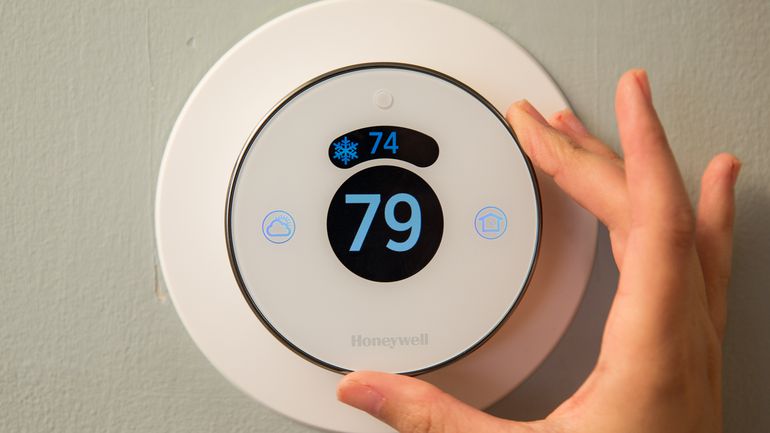Installing smart technology can increase a home’s closing price by as much as 3 to 5 percent, according to the Consumer Electronics Association and the National Association of Home Builders. Seventy-two percent of Millennials are willing to pay $1,500 or more for smart home features, while 44 percent are willing to spend $3,000 or more.
But while home buyers want smart technology, many aren’t prioritizing it when considering homes because they’re not clear on what value it adds. Here’s a look at some of the smart features in high demand that can add to a home’s property value.
Smart Security Features
The average home burglary costs the homeowner $2,251, according to the FBI, underscoring why smart home security is a smart investment. Home buyers consider security features such as locks and alarms to be the most essential smart home components. Smart home security systems connect your home’s Wi-Fi network to your mobile device so that you can control them through an app on a mobile device.
Basic devices include a central hub, door sensors, window sensors and motion sensors. With more advanced systems, you can add more sensors, along with indoor and outdoor surveillance cameras, automated locks and garage door openers, lights, sirens, smoke detectors, carbon monoxide detectors and other devices.
Smart Thermostats
Smart thermostats enable a home owner to control both central heating and cooling from their mobile device. Basic system components include a mobile device and accompanying app, a thermostat and a component that enables the thermostat to communicate with your boiler. Advanced smart thermostats can automatically learn and adjust to your schedule as well as let you set different temperature zones in your home.
Smart thermostats offer home buyers tangible value by cutting heating and cooling costs. Research by leading smart thermostat provider Nest found that the average Nest thermostat saves home owners 10 to 12 percent on heating and 15 percent on cooling, creating average savings of $131 to $145 a year. Independent studies confirm Nest’s findings.
Smart Lighting
Smart lighting systems enable home owners to control their lighting from their mobile device or from a central hub. Some smart lighting systems are dimmed manually, while more advanced systems include lights with integrated sensors that can detect how much daylight there is outside, as well as when someone enters a room. These sensors enable lights to switch on and off automatically as people go in and out of a room.
Smart lighting systems that adjust automatically to daylight and the presence of people can save home owners on electricity costs. Lighting costs typically consume 5 percent of a household’s energy bill, according to the Department of Energy. Setting lights to automatically adjust to daylight conditions can affect consumption. The potential savings from using smart lights integrated with motion sensors can run as high as 35 percent, The Eco Guide estimates.
Integrated Smart System Tools
Tools that allow home owners to integrate their smart home systems can make clearing this hurdle easier and make the perceived value of a smart home higher.
For instance, ADT Pulse enables a mobile device to serve as a central control point for all of your home automation needs. Not only can it be used to arm and disarm your home security features, but home control systems such as lights and thermostats can also be controlled. ADT Pulse is compatible with the Nest Learning Thermostat, one of today’s most popular thermostats.
Give your home the smart upgrades you like. These upgrades will likely pay for themselves when it comes time to sell.


